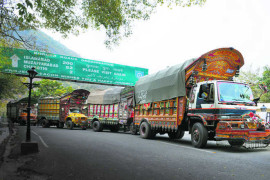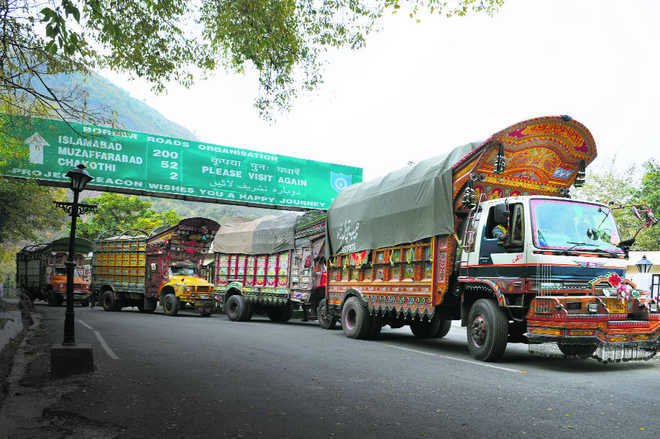desan
President (40k+ posts)
It is depressingly easy to find negative things to say about the police forces of every province, so much so that the bad news drowns out the good, but not all reports about policing in Pakistan are bad — far from it.
An excellent example of modern policing in action is provided by the development of what is known as Evidence-Based Policing (EBP) in Khyber-Pakhtunkhwa (K-P) — and it is an eye-opener. The technique is not new and has been used in developed countries as an analytic tool for many years, but it is new for Pakistan. Essentially, it creates a picture of criminality in a holistic sense, based on an analysis of a data set made up of answers to common questions.
A total of 480 men arrested in K-P in 2014-15, were analysed. Of those 280 were suspected of terrorism — 60 per cent — and of those only 35 received any sort of formal ‘jihadi training’ and of that number, 34 were trained in Pakistan, not elsewhere, as is often widely assumed. Of the sample of 480, there were 430 who were Pakistan-born and bred, with 23 of them Afghan refugees, again flying in the face of stereotypical assumptions. To the police, as to many commentators, this suggests that the local element of militancy has a far greater incidence than does cross-border terrorism.
Only a tiny number were affiliated to any particular madrassa or seminary. Unsurprisingly, most were Pashto speakers; 14 per cent were educated at Matric level and 61 per cent were married.
The use of EBP is clearly a significant advance in policing techniques in Pakistan and we warmly welcome it. We would equally warmly welcome the expansion and development of this methodology on a national basis, bringing some much-needed standardisation to police procedures.
There are planning implications across the board as EBP provides trend indicators as well as giving an accurate and highly localised analysis of criminal activity and origins. If terrorism is to be effectively fought, it needs to be better understood than is currently the case, and EBP is a step in the right direction of understanding.
Source
An excellent example of modern policing in action is provided by the development of what is known as Evidence-Based Policing (EBP) in Khyber-Pakhtunkhwa (K-P) — and it is an eye-opener. The technique is not new and has been used in developed countries as an analytic tool for many years, but it is new for Pakistan. Essentially, it creates a picture of criminality in a holistic sense, based on an analysis of a data set made up of answers to common questions.
A total of 480 men arrested in K-P in 2014-15, were analysed. Of those 280 were suspected of terrorism — 60 per cent — and of those only 35 received any sort of formal ‘jihadi training’ and of that number, 34 were trained in Pakistan, not elsewhere, as is often widely assumed. Of the sample of 480, there were 430 who were Pakistan-born and bred, with 23 of them Afghan refugees, again flying in the face of stereotypical assumptions. To the police, as to many commentators, this suggests that the local element of militancy has a far greater incidence than does cross-border terrorism.
Only a tiny number were affiliated to any particular madrassa or seminary. Unsurprisingly, most were Pashto speakers; 14 per cent were educated at Matric level and 61 per cent were married.
The use of EBP is clearly a significant advance in policing techniques in Pakistan and we warmly welcome it. We would equally warmly welcome the expansion and development of this methodology on a national basis, bringing some much-needed standardisation to police procedures.
There are planning implications across the board as EBP provides trend indicators as well as giving an accurate and highly localised analysis of criminal activity and origins. If terrorism is to be effectively fought, it needs to be better understood than is currently the case, and EBP is a step in the right direction of understanding.
Source
Last edited by a moderator:


































